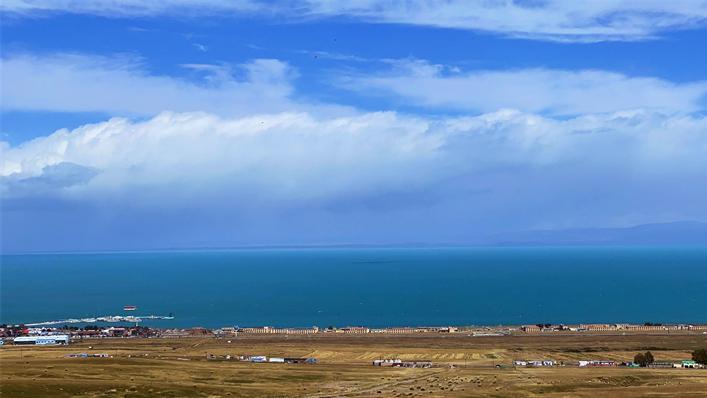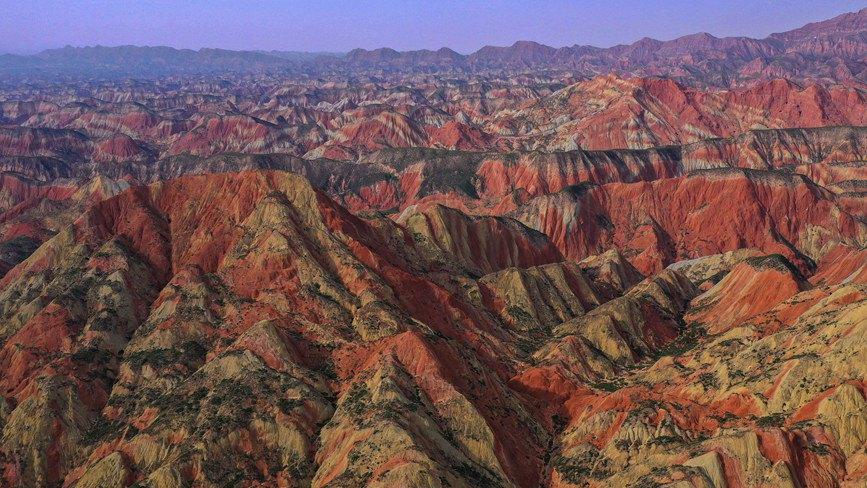China builds huge underground transparent sphere to trap "ghost particles"
GUANGZHOU, Oct. 11 (Xinhua) -- China has constructed the world's largest transparent spherical detector 700 meters underground to capture elusive neutrinos, often dubbed "ghost particles," to unravel the secrets of the infinitesimally small and the infinitely vast in the universe.
The 12-story-tall acrylic sphere with a diameter of 35.4 meters, buried deep in a granite layer of a hill in Kaiping, Jiangmen City in south China's Guangdong Province, is the core part of the Jiangmen Underground Neutrino Observatory (JUNO), a gigantic and complex scientific facility.
The construction of the challenging project, launched by the Chinese Academy of Sciences (CAS) and the Guangdong government in 2015, has entered the final stage. Installation of the entire device is expected to be completed by the end of November, and the full operation of the facility is scheduled for August 2025, according to the Institute of High Energy Physics (IHEP) of the CAS, the project's leading institution.
As one of the world's most powerful experiments to uncover neutrino mystery, JUNO is expected to operate for at least 30 years. The observatory is designed to help scientists better understand the neutrino mass hierarchy by detecting reactor neutrinos from the nearby Yangjiang and Taishan nuclear power plants with an unprecedented 3 percent energy resolution, said Wang Yifang, chief scientist of JUNO and head of the IHEP.
Understanding the neutrino mass hierarchy could have huge implications for physical models of the universe and for the research on cosmic evolution, said Wang.
The facility will also help scientists conduct other cutting-edge studies such as observing supernova, atmospheric and solar neutrinos.
Photos
Related Stories
Copyright © 2024 People's Daily Online. All Rights Reserved.









